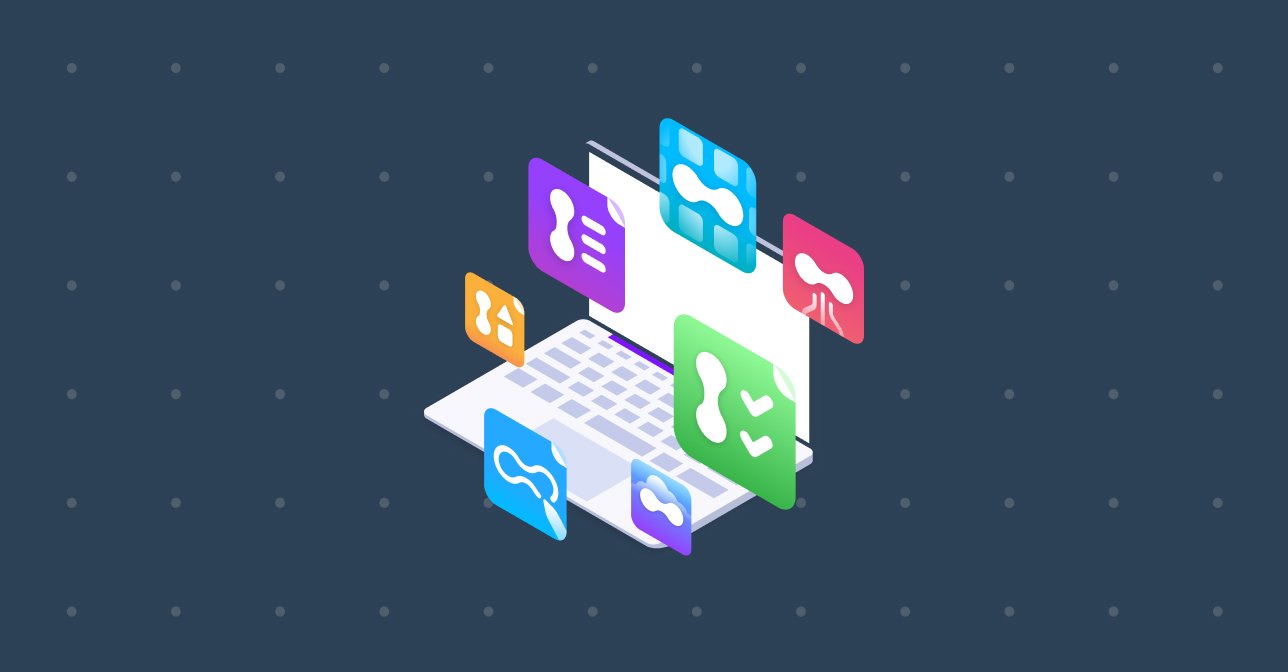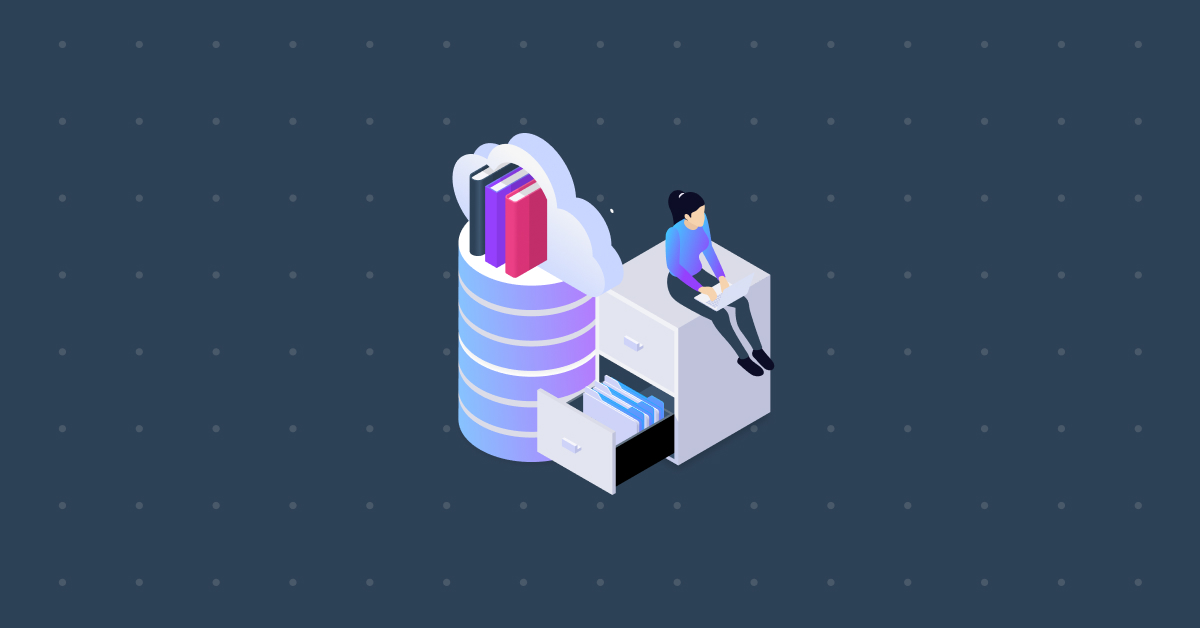Why sharing master data through Linked Data is the future
- Whitepaper
Exchanging master data between different stakeholders is becoming increasingly difficult. That is, if you still work the way we always have: with inconsistent information in different, non-exchangeable file formats. The need for sharing is growing, which drove the development of Linked Data.
Read our white paper
Do you want to know what Linked Data is? And why exchanging master data in this format will make working on large projects with different stakeholders much easier? In our special white paper, you will find the answers to these questions and more. Read the Laces white paper, and you’ll learn the following:
- what we mean by Linked Data,
- what are the biggest benefits are,
- how you can put it into practice,
- what solutions Laces has to offer to use Linked Data and saying goodbye to the document-based chaos.
Complete the form to receive the white paper in your inbox.
Or do you want to find out more about this topic? Read our white paper on 3 key reasons why Distributed Data Management is your new best friend, or schedule a 45-minute demo done by one of our experts.
Extracting Specifications from Documents: Manual vs. NLP-Based Extraction
Extracting, interpreting, and applying specifications from technical documents, like standards, contracts, or regulations, is often a necessary but painstaking part of project or product management. Traditionally, this has been done manually, but recent advances in Natural Language Processing (NLP) have opened up new, intelligent alternatives. In this blog, we’ll explore the differences between manual and […]
ReadWhat is the difference between Ontologies and Object Type Libraries (OTLs)
In today’s data-rich environments, organizations face growing pressure to improve their information management and data exchange. Two essential concepts that support his are Ontologies and Object Type Libraries (OTLs). Both are foundational to structuring and standardizing data. While they have different emphases, they are not opposites. Instead, they often work hand-in-hand. Understanding their roles and […]
ReadWhat’s Inside an Object Type Library? Understanding OTL Contents and Scope
When you first hear the term Object Type Library (OTL), it might sound like a technical catalog or something buried deep in the domain of data specialists. But a well-defined OTL can make life easier for everyone who works with data, especially those designing, building, or maintaining complex systems. From engineers and asset managers to […]
Read


